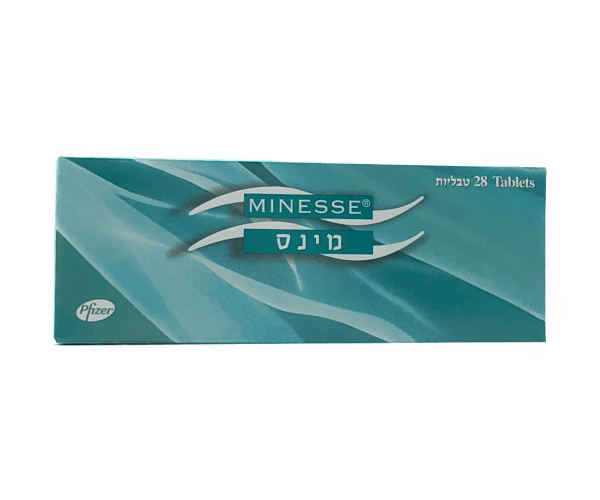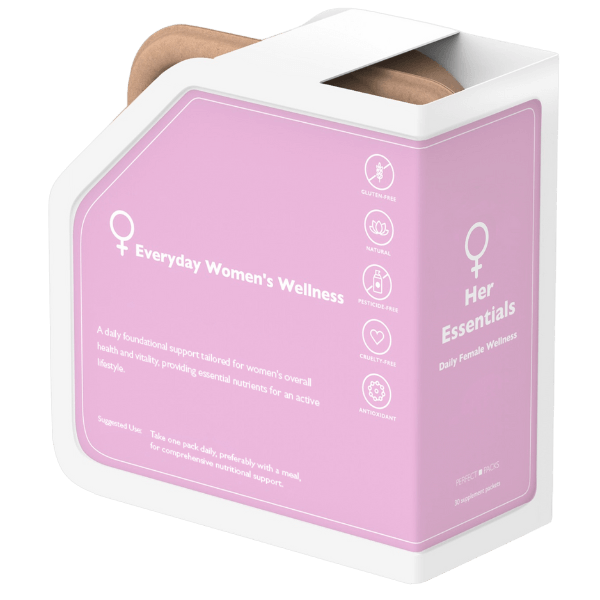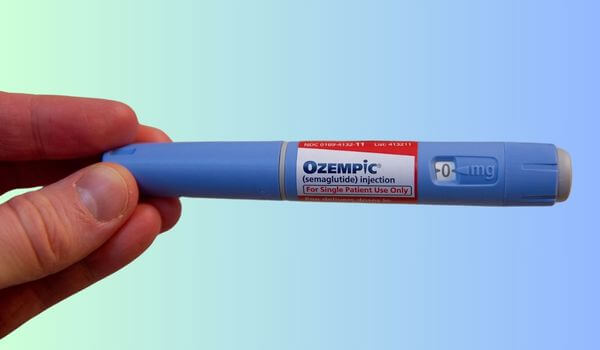Minesse (generic name: gestodene / ethinylestradiol ) is a type of birth control medication classified as a contraceptive pill. It can also be prescribed as a form of hormone replacement therapy (HRT) for women when they experience irregular periods.
Each package comprises 24 pale yellow tablets, each containing two female hormones, gestodene (estrogen), and ethinylestradiol (progestogen), while the remaining four white tablets do not have active ingredients.
These pills are used to prevent pregnancy by altering the body’s hormone levels. By taking the pale yellow tablets daily, the hormones can also help regulate the menstrual cycle. They also supply hormones to help control the menstrual cycle in women with irregular menstrual cycles.
Dosage
Follow the instructions on the leaflet that comes with each package. It is essential to take the tablets in sequence as marked on the blister sheet and to immediately begin taking tablets from a new pack as soon as a pack is finished. Each blister pack contains 28 tablets to be taken daily for 28 consecutive days. For the first 24 days, take a pale yellow tablet, and when all 24 have been taken, this should be followed by a white tablet for each of the last four days.
Transitioning to the next blister pack should occur immediately after finishing the previous one, with no gap, always starting on the same day of the week as the original dose. To prevent pregnancy, it’s crucial to have the next blister pack ready before completing the current one. Adhering to the recommended dose is vital, and the prescribing doctor will guide the duration of pill usage.
If a dose is missed, there is a risk of pregnancy. If there is still time to make up for the missed dose on the same day, take it promptly and proceed with the regular schedule. If over 12 hours have elapsed, take the missed tablet immediately, even if it means taking two in one day. After that, use non-hormonal contraception for the next seven days to reduce the risk of falling pregnant.
Caution
Do not use this medicine if you are already pregnant or if pregnancy is suspected.
If it is discovered that you have fallen pregnant while taking Minesse, stop taking the pills and refer to a doctor immediately.
Storage
Store Minesse below 77°F / 25°C out of reach of children and animals. For more tips on how to store medication properly, read this article: Top Tips for Safe and Organized Medicine Storage.
FAQ
Is ethinylestradiol good for acne?
In a birth control pill that combines hormones, like ethinyl estradiol, the estrogen may help reduce acne, as estrogen makes the oil gland smaller and lowers oil production.
How long does it take for ethinylestradiol to work?
When starting this medication, the body requires approximately a week to adjust before it can effectively prevent pregnancy. During the initial week of taking the first set of pills, using an additional form of birth control, such as a condom, spermicide, or diaphragm, is recommended.
Which pill stops periods?
One can skip their period by continuously taking the combination birth control pill and skipping the pills without the active ingredient. Consult a doctor for the appropriate schedule before trying this.
This text is for informational purposes only. Please consult a doctor or pharmacist before using any medication.
Read the information leaflet that comes with the medication.
Most people who use Minesse do not experience any adverse side effects. Doctors prescribe this medication because they assess the benefits of such treatment outweigh any likely unwanted effects.
Some of the side effects that have been reported include:
- Nausea
- Stomach pain
- Weight gain
- Breast pain
- Irregular uterine bleeding.
Not all side effects are listed here. If these or other unlisted symptoms persist or worsen, consult a healthcare provider or pharmacist.
Contraception: Minesse is most frequently prescribed to prevent unwanted pregnancies.
Treatment of irregular periods: Signs of irregular menstrual cycles include periods occurring less than 21 days apart or more than 35 days apart, skipping three or more periods consecutively, and experiencing unusually heavy or light menstrual flow. A physician will review the medical history and possibly arrange blood tests or pelvic ultrasounds to identify the underlying cause.















